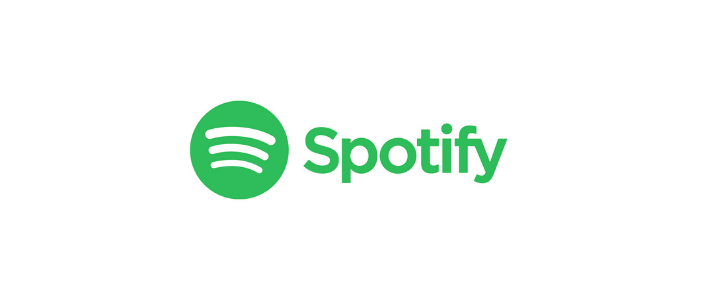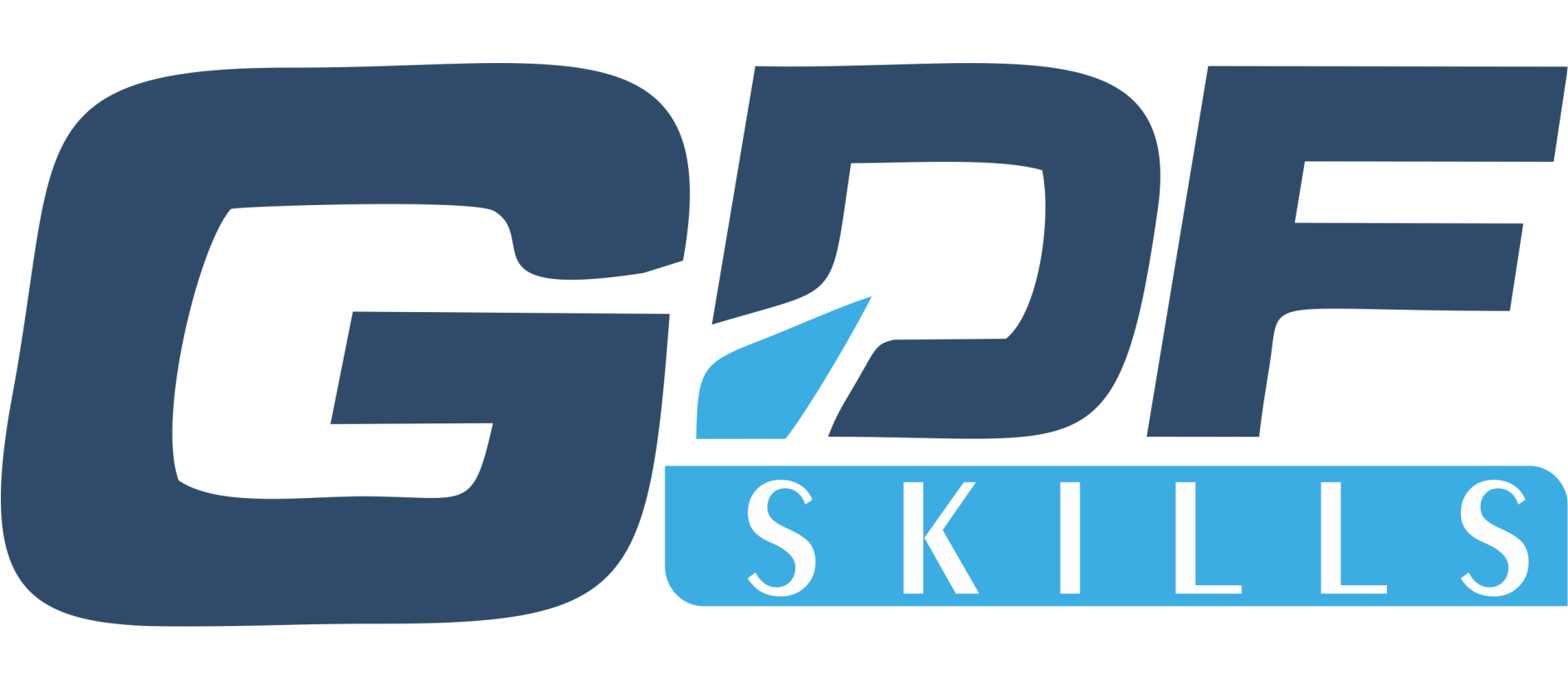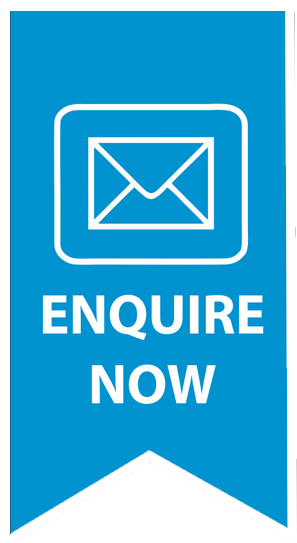GDF Editorial Mon, 04/27/2020 - 14:20
Python is arguably the most in-demand language of our times. It has built a niche following in both amateur programmers as well as seasoned coders. This is due to an easy to learn the syntax for beginners and feasible maintenance charges for organizations. First envisaged in the 1980s as a successor to the ABC language, it was created by Guido Van Rossum and first released in 1991. It is a general-purpose, high-level programming language. The design principles behind Python’s architecture lay special emphasis on code-readability, making the source code short and easy to modify.
Features Contributing to its Likeability
As a result of all the features of Python that make it a crowd favorite, it has been widely used for commercial applications. Some of them are an inseparable part of our daily lives, but right before we jump to that, it would be wise to understand what feature of Python makes it a darling of the tech world.
- Syntax
- Multi-Platform Compatibility
- High-Level Language (HLL)
- GUI Support
- Extensive Libraries
- Expressive
- Software Testing
- Enterprise Application Integration
The syntax is a structure of statements, the collection of which gives the programming language its shape and form. This syntax varies from one language to another in computer programming. Python has a very simple and neat syntax. The code can be designed quickly and understood by even beginners. That is one of the reasons why students find Python easy to learn, as well.
Python is the go-to choice for developers looking to make quick edits to the source code, test the same, and rectify the results. It can be run on all major operating systems be it for smartphones or desktops. This includes Android, iOS, Windows as well as Linux.
With high-level languages, coders only have to write the code. As mentioned in the previous point, HLLs are machine-independent, hence they will run on any device regardless of the operating system. Coders need not even worry about the system's memory. Python comes with features like the garbage collector, which automatically deletes unreferenced objects from the code and allows maximum optimization of the CPU time. It is also highly integrating. You can easily incorporate Python with other programming languages such as C or C++.
Graphical User Interface is an interface intended for users. Since its design is based on graphics, users can navigate using icons, cursors, and buttons. In other words, graphics are used to make the user act such as click an icon and go to the next page of the application. Python offers resources to build impressive cross-platform GUIs.
In computers, a library is a collection of pre-compiled statements that a program can refer to. Coders use libraries so they don’t have to write the program from scratch. Just pointing the program to a library would do the job. Python offers its users a rich set of libraries.
Python is highly expressive and well-structured. While writing the code, a programmer must define through the code the action that the program must execute at runtime. A one liner-code of Python would mean much more than compared to a second programming language such as Java. This translates into fewer code volumes and faster project completion times.
Test Automation refers to the use of programmable scripts to execute tests, without human intervention. The script checks for the components of the application that you want to test, the order of execution, and the expected outcomes. Python offers various tools that make testing software much easier.
Python integrates easily with other programming languages such as C, C++, and Java. As a result of which it is the preferred language for application scripting. This flexibility, allows engineers to make appropriate extensions to already existing apps that were originally written in a different language.
(Few) Applications of Python
Web development
It is referred to as the process of creating websites. It might sound straightforward but considering that a website could be of various kinds, there is heavy work involved. For instance, a website could be static, whose information does not change and remains the same i.e. static for every viewer of the page. Or it could be dynamic, whose information changes depending upon the viewer, their visiting time, and local time-zone to name a few factors. Website development requires tools some of which being Python-based ease and improve the work of coders.
Frameworks
Django is an open-source (free to use) Python Web Framework that is built to enhance the front-end design of the application. It is a collection of Python libraries that allows rapid development and clean interfaces. It can be used for creating both front-ends and back-ends. Being incredibly fast, secure, and scalable, it is much preferred by websites/applications (apps) that will attract heavy user traffic. Similarly, the Pyramid is another Python framework used widely. Micro Frameworks are used to create effective but minimalist back-ends. Python excels in this department as well with its products Flask and Bottle.
Content Management Systems (CMS)
A CMS is a software application with point-and-click features used to create, moderate, and manage content on a website. Common examples of it include Joomla, WordPress, and Drupal. Python offers users advanced CMSs such as Plone and DjangoCMS.
Applications Built with Python
Thanks to the features listed above, Python has a huge online community that actively shares content regarding new developments in the language and how to best use them. Python was built with the motto which goes like 'beautiful is better than ugly' and 'simple is better than complex'. As a developer, you can have the freedom to try out multiple approaches with both object-oriented and functional programming. For such reasons, household names of the tech industry have trusted the language for its word.
- Facebook with Python
- Instagram with Python
- Google with Python
- Spotify with Python
- IBM with Python
- Reddit with Python
- Netflix with Python
- Dropbox with Python

The company is synonymous with the words "social media". In fact, with its acquisition of both Instagram and WhatsApp, Facebook is social media. With 2.5 billion active users on its parent social networking platform, the demand on the tech-side is gargantuan. Return on investments is a key factor for it to deploy enterprise-scale use of computing languages. Yet, as per an official post, 21% of Facebook’s infrastructural codebase is created on Python. Tasks including but not limited to network setups, automated maintenance schedules, server imaging, and fault detection are performed using Python at Facebook.

Now, a Facebook subsidiary, the photo-sharing platform has 1 billion+ monthly active users. Yet even in the stages of development, its engineers used Python's Django Framework to give the right aesthetics to the mobile app. To this date, Django and Python’s other applications find a valid use case in Instagram's source code. Being highly scalable with the ability to stay secure has not just Instagram but others going gaga about the language, as we find out next.

Now designated as Alphabet, Google's association with Python goes back to its founding days and also stretches to its parallel ventures (discussed later). The search engine relied on both Python and C++ to create its core search algorithms. Its programmers used Python actively for log analysis, code review tools, and build systems. Google tapped into Python’s encyclopedic base of libraries to leverage the Google Data Python Client Library, Google AdWords API Python Client Library, and Google APIs Client Library for Python. The company’s online site for hosting i.e. code.google.com along with many machine learning and AI projects have been undertaken in Python.

Spotify heads the music streaming industry. The mobile app has one of the most vibrant and aesthetically pleasing interfaces you could expect from a music app. In an official post, its partners shared their experience working with Python and its business applications. Spotify used Python for backend services and data analysis. Over 80% of the app's backend services depend on Python. It accelerates development timeframes with faster turn-around-times and error rectification. Spotify also uses Hadoop, which is although written in Java yet programs can be coded in Python. In times of heavy-business hours, Spotify reports running as many as 6,000 Python processes within the Hadoop Cluster.

IBM is a key contributor to the global tech industry with its history and achievements going back 108 years. From mainframes to laptops (Think Pads) and now Artificially Intelligent Watson computer, its contribution to computer science as we know it spans the length and breadth of human life. Python has a System Development Toolkit (SDK) for Watson. What’s more, IBM has dedicated an online learning space to educate professionals about using Python with IBM Bluemix, the company’s cloud platform.

The original code for Reddit was written in Common Lisp. It was later re-written using Python back in December 2005 owing to its huge library repository and development flexibility. The Web framework that was used to develop the website is still available as an open-source project, web.py. Being run on Python between the years 2008 to 2017, Reddit was technically an open-source project and all of its libraries and code base was available on GitHub.

The underpinning technology for Netflix's customized personal recommendations is predictive analytics. Moreover, the developers have to pay extra attention to engage audiences through design elements. All this is and more have been off-loaded to Python. This includes communication tools to exchange data with AWS servers, and storing critical information with Python-Memcached and pycasa. The programming language is also used for data science for monitoring the quality of organizational data, and ensuring the correct data movement and syncing. Engineers also appreciate the design flexibility that Python accords to visualize data.

On its IPO date in March 2018, Dropbox was valued at $9.2 Billion. Dropbox was so serious about extensively using Python that they poached its creator Guido Van Rossum from Google. A few of the changes that he and his team effectuated at Dropbox were to enable the sharing of data stories amongst users of the Dropbox community. Its client-side programs are programmed in Python while taking the support of the libraries on Mac and Windows to deliver a seamless experience. The Dropbox engineers have also released an API in Python that lets external developers evaluate the present mindset of the Dropbox tech team.
Key Takeaway
Python is not a fad but a materializing reality as shown by some of its popular use cases within the past decade and a half. The adoption trajectory of this language is only forecasted to rise and endorse massive employment opportunities for new-age coders in its wake. Are you still a sceptic or convinced of jumping onto the bandwagon? Add Python as a recognized skill-set to your credentials and expand your employability quotient.


